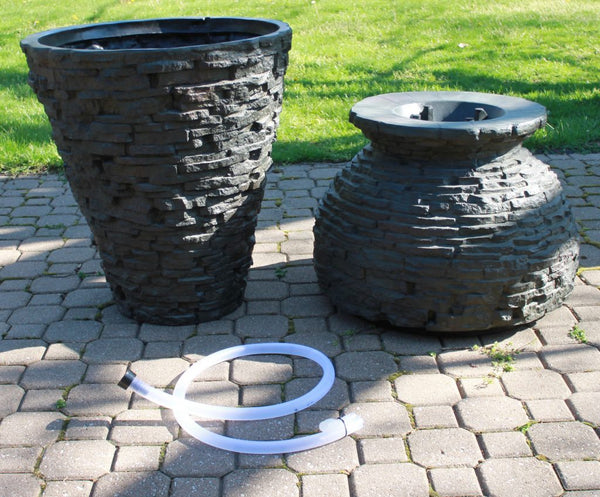Just a recap in the Series of GreenScaping: The Easy Way to a Greener, Healthier Yard
- Step 1: Build and Maintain Healthy Soil
- Step 2: Plant Right for Your Site
- Step 3: Practice Smart Watering
- Step 4 Adopt a Holistic Approach to Pest Management
- Today’s Post: Practice Natural Lawn Care
Mow higher, mow regularly and leave the clippings
Mow more frequently and mow higher when your grass is growing actively. A good rule of thumb is to never cut more than one-third the height of the grass. This minimizes the amount of grass clippings and helps to reduce thatch buildup. The grass clippings will be recycled into fertilizer.
Use “natural organic” or “slow release” fertilizers
These fertilizers reduce nutrient run-off and leaching. Use fertilizers sparingly by keeping it in your yard and off the street and pavement.
Water deeply , but infrequently, to moisten the whole root zone
Let your soil dry between watering to prevent lawn disease and save water. Lawns only need about one inch of water a week in the summer, including rain, to stay green.
Overseeding can improve the quality of your lawn
A few great steps to consider:
- Core aerate in the fall to improve root development and water penetration
- Follow by overseeding thin areas of your lawn with grass seed blends recommended for your area
- “Top Dress” by raking in a quarter- to half- inch of compost to cover the seed and improve the soil
- Repeat these steps annually as needed to improve poor lawns
That completes the series “GreenScaping: The Easy Way to a Greener, Healthier Yard”. Read the entire article here.



